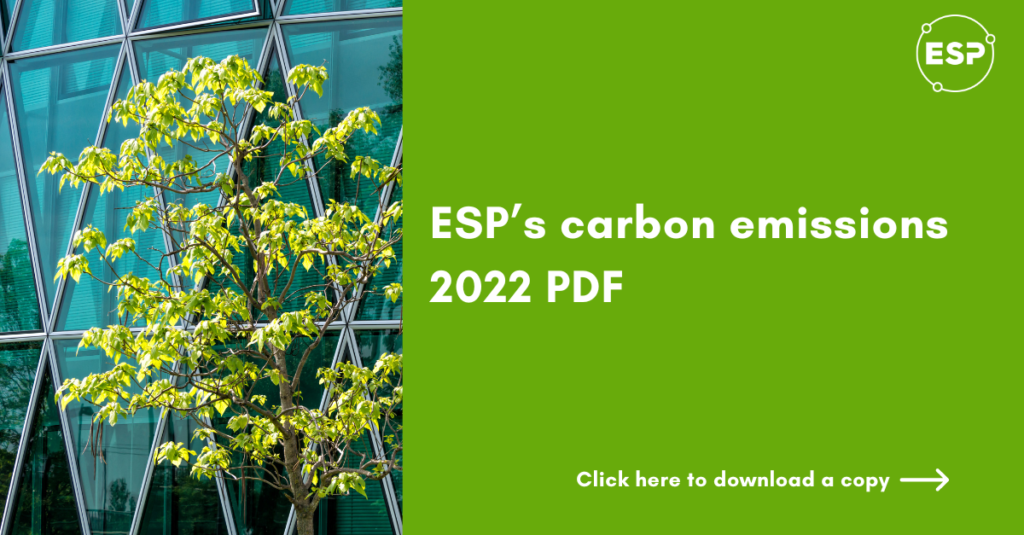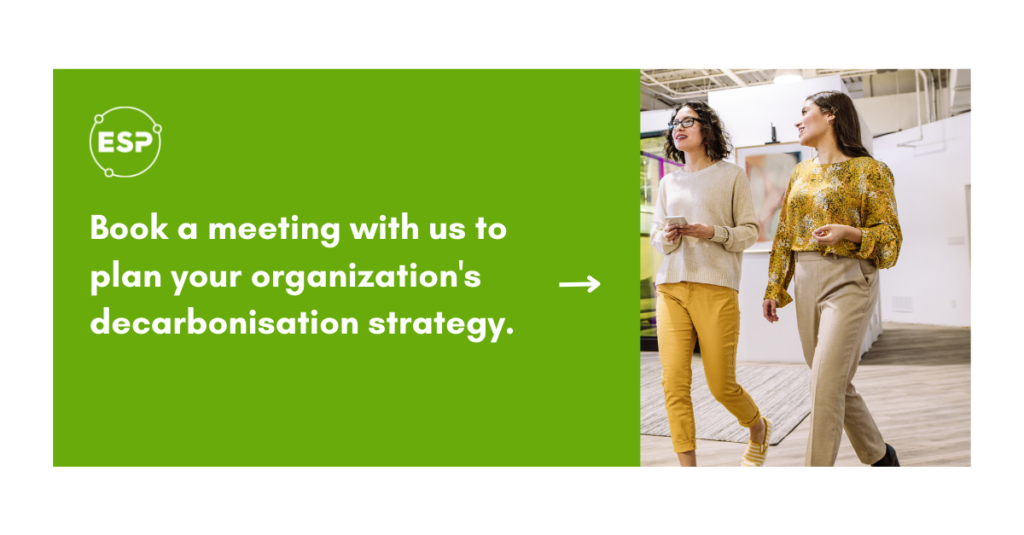
Decarbonisation, Energy Efficiency, Blog
Climate Change & Business Conference 2022 Wrap Up
Insights from CCBC 2022.
Last month, the ESP team attended the 2022 Climate Change and Business Conference. Over two days, expert panels, keynote speakers and sustainability leaders provided an in-depth look at the climate landscape in New Zealand and how businesses are progressing towards net zero carbon.
With over 70 presenters across a broad spectrum of roles and responsibilities, there was a lot to take in. We’ve distilled our favourite key insights and observations below.
1. Sustainability framed as a business risk
Pressures on businesses from consumers, investors, industry bodies and governments have increased and are only going to increase further. Multiple speakers highlighted how sustainability management – or lack thereof – constitutes a significant business risk, even for entities that don’t have mandatory requirements yet.
A few examples:
- Europe’s Carbon Border Adjustment Mechanism puts greater pressure on exporters in New Zealand (and globally) to ‘green’ production processes while maintaining a price advantage compared to more emissions-heavy alternatives.
- The World Bank will now take climate into consideration in addition to traditional financial metrics when designing policy.
- Mandatory climate-related disclosures for financial institutions will require banks, insurers and investment funds to report carbon data. Sustainable business loans may become the norm and all the reporting requirements for recipients of said loans that come with it.
- Sustainability claims must be substantiated with verifiable data or else organizations run the real risk of greenwashing claims and even potential legal interventions.
There is a growing need for businesses to embed sustainability into their processes and their performance, even if they aren’t directly affected yet. Sustainability is rapidly maturing. Leaders must invest and future-proof and come out ahead of the curve, rather than scrambling just to keep up.
The best time to future-proof sustainability management was yesterday. The second best time is now. Businesses must invest in accurate, audit-ready integrated reporting that covers finance, sustainability and emissions to remove a growing business risk.
2. Collaboration and partnerships
Climate impacts are too widespread to be effectively managed by a single entity, whether private or public. Increasingly, sustainability leaders are turning to a collaborative, multi-sector approach, simultaneously using the resources and expertise of industry bodies, government, and private businesses to drive effective climate action.
- Government. The public sector can provide funding and legislative guidance for collaborative projects. GIDI funding is now in its fourth round, having financed more than 50 decarbonisation projects, while Ritchie Hutton, Competition Investigations Manager at the Commerce Commission, emphasised that companies should not view the Commerce Commission as a barrier to working together on climate action.
- Industry. Shared climate vision is mandatory for successful collaboration. CEO Tim Grafton of ICNZ described how the general insurance sector has spent the last few months building a set of coherent and plausible climate scenarios for insurers to refer to, helping to shape a sector-wide vision that can form the foundation of collaborative action.
- Multi-sector. Volker Kuntszch, Chief Executive of the Cawthron Institute, described how business leaders create the largest opportunities when they work across sector, not just within their own sector, using the Aotearoa Circle as an example. By stepping outside of sector and comfort zone, business leaders can make a difference for everyone, not just their industry.
In sustainability, collaboration across all spheres opens new opportunities that a single private or public entity could not pursue on their own. The right partner – whether you’re utilising their funding, connections, expertise, technology or otherwise – is as important as the right project.
3. Is it enough?
As with all sustainability conferences, CCBC included an update on the science and predictions so far. The results were concerning at best and harrowing at worst, with the current trajectory looking to exceed emissions targets. Updated models described a future with an even greater degree of warming than previously anticipated.
Unsurprisingly, many of the points made were in relation to this stark future and whether the tried-and-true methods of climate mitigation were still working. Businesses were urged to heavily scrutinise their sustainability strategy and reconsider if it would be enough.
Business leaders are being encouraged to stop “playing around the edges” and start making truly wholesale changes to the way they operate. Sustainability must be embedded into the performance of a business, whether that’s through rapid energy efficiency improvements for existing processes or innovation towards new, less emission-heavy methods.
There has also been a shift in the conversation around mitigation to adaptation. We are at a point where sea walls and coastal population migration are needed and expected.
Updated predictions and models are forcing us to reconsider whether our current established methodologies are doing enough. Adaptation is now a core part of the conversation and businesses need to investigate how climate will impact them and develop contingency plans or invest appropriately.
Trying to move the dial on your climate action and get ahead of the curve on your sustainability investment? Talk to the ESP team today to find out more about our range of carbon accounting and energy efficiency software.

